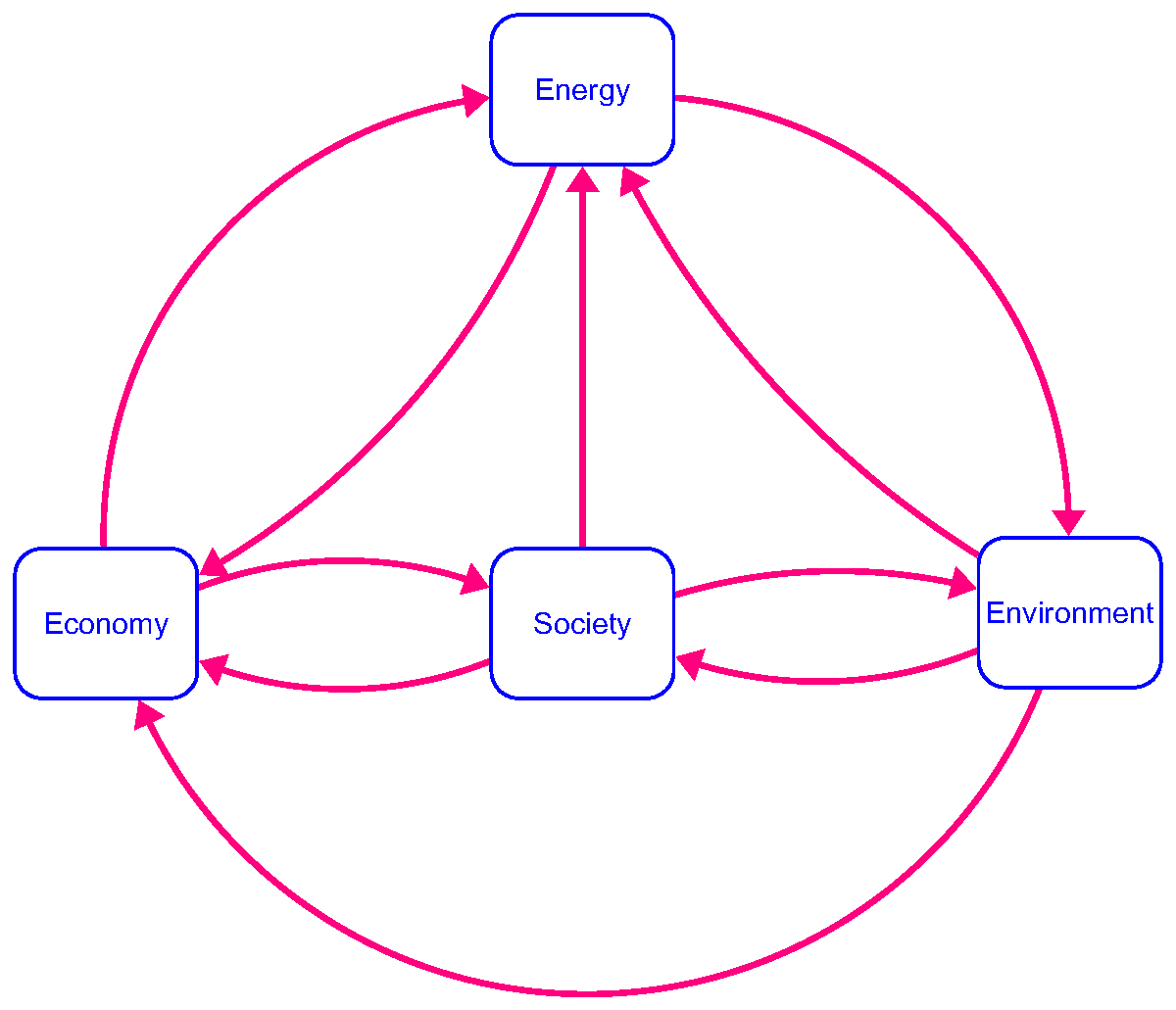Inspiring Climate Change Action with Stella®
 Cecilie Mauritzen
Cecilie Mauritzen
The world has been effectively ignoring climate change for decades. Since the 1950s, scientists
have worried and warned about the buildup of human-produced carbon dioxide (CO2) in the atmosphere,
its warming effect, and the devastating consequences of a rise in average global temperature. Despite
those warnings, individuals and governments have been slow to react.
Now, with frequent, severe climate events topping the news, scientific warnings have become hard
to ignore. The summer of 2023 was the hottest on record, including the four hottest days on record –
June 3 through 6 For the past eight years, the Atlantic Ocean hurricane season
has begun before its historic June 1 start date. Heavy rainfalls flooded cities and regions in
North America, Europe, northern Africa, and southeast Asia, while droughts have crippled other
areas on the same continents.
The World Health Organization (WHO) predicts that between 2030 and 2050, climate change will
cause 250,000 deaths through drought, disease, and heat stress. Additional deaths will be
attributed to flooding and wildfire. In addition, WHO warns that climate change will increase
health costs by $2-4 billion by 2030.
“Now we can see that climate change is not just an abstract idea,” says Cecilie Mauritzen, Senior
Scientist, Norwegian Meteorological Institute. “But everything people want to do – build, travel,
ship things – is bad for the planet, our common good. I wanted to find new and novel ways to use
models to gain traction and engagement for curbing climate change."
Mauritzen decided that the answer might be found with the use of a system dynamics model. “I did my
PhD in oceanography at Massachusetts Institute of Technology in the 1990s and had seen the work that
my peers at the Sloan School of Management were doing using Stella,” says Mauritzen. “It occurred to
me that a system dynamics model, with its focus on interactions and feedback, might be a good
counterpart to the more complex and process-oriented models typically used in climate change
research. Simpler models are much more transparent and easier to understand. They can, for instance,
be used to build up intuition and insights much faster than is possible with complex models.”
An oceanographer and natural scientist, Mauritzen appreciated system dynamics’ agnostic approach
due to its ability to consider both physical and social science data. “Systems dynamics models
are able to document what is happening throughout a complex system that includes both physical
laws and empirical insights into human behavior,” says Mauritzen.
Mauritzen has been a lead author for two of the Assessment Reports of the United Nations
Intergovernmental Panel on Climate (IPCC) and has seen firsthand the need for a common tool to
join the research of all three working groups of the IPCC (Physical Sciences Basis and Impacts,
Adaptation and Vulnerability, and Mitigation of Climate Change). With colleagues from the working
group on physical science, she proposed the idea to a European project called “WorldTrans –
Transparent Assessments for Real People.”
“The World Trans project is attempting to simplify the complex system in which the natural
climate and human systems are changing together. It is investigating how physical scientific
processes like CO2 accumulation and ocean warming and human systems including agriculture,
housing, health care, business, and technological or economic solutions impact one another.
We wanted the model to show the interaction between climate and human systems and identify
leverage points where CO2 emission mitigation can make a difference,” says Mauritzen.
To create their model, the group needed an experienced system dynamicist. Mauritzen thought of
Billy Schoenberg, Lead Software Engineer at isee systems and researcher and lecturer at University
of Bergen. “I had read a paper he co-authored called Understanding model behavior using Loops that
Matter,” says Mauritzen. “It talked about quantifying the strength of feedback loops over time to
identify those that are most responsible for a modeled system’s behavior. When studying climate
change, we talk about many feedback loops, the main one concerning CO2. CO2 emissions accumulate
in the atmosphere, the atmosphere warms, the warm air causes water to evaporate, water vapor
accumulates in the atmosphere increasing warming four times over. The idea of Loops that Matter™
was really appealing and I thought, ‘This is the guy we need.”
Schoenberg is now responsible for the construction, testing, and analysis of the World Trans
project model, as well as its interactive learning environment, building a Stella model that
will be used by every World Trans Project working group. He is being assisted by development
teams that come from system dynamics and specific discipline areas, including energy, economics,
land use, and climate.
 Basic map of the World Trans Project’s FRIDA model that illustrates the interactions
between scientific and human systems
Basic map of the World Trans Project’s FRIDA model that illustrates the interactions
between scientific and human systems
Schoenberg and his team have already completed a preliminary version of the model, named
FRIDA (short for Feedback-based knowledge Repository for Integrated Assessments, but in reality
named after Mauritzen’s grandmother). In November 2023, Mauritzen will introduce FRIDA at the
Integrated Assessment Modeling Consortium (IAMC) in Venice, Italy. When FRIDA v1.0 is ready next
year, it will be introduced to scientific audiences through published papers.
Building the model is just part of the project’s effort. Considering how it will be used to inspire
action is another essential area of work. The group is experimenting with ways to explain system
complexity and evaluate and compare solutions. “Our target audiences are students of interdisciplinary
climate science, climate policy makers and shakers, and finally, general EU citizens, including
Citizen Assemblies.”
“The change that is needed to combat climate change isn’t happening fast enough,” says Mauritzen.
“We can no longer avoid ‘dangerous climate change’ as defined by the U.N, but the faster we act,
the less the consequences. We need to find novel ways to explain climate change to people who don’t
yet understand and convince leaders to take action.”